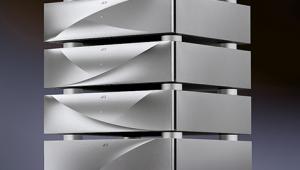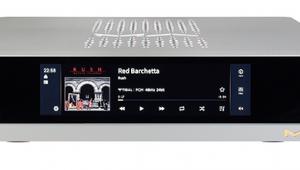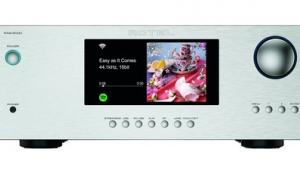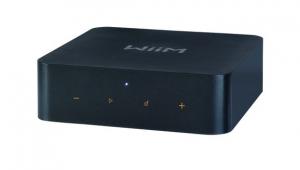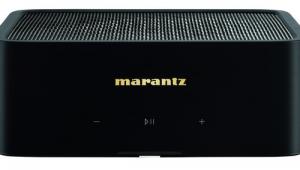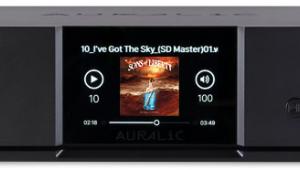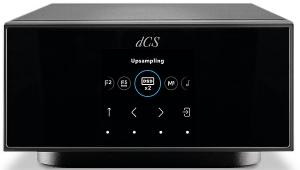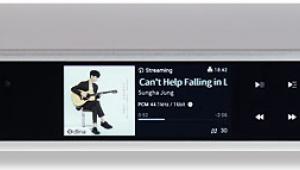Aurender W20SE Network Audio Library

 Pitched as 'the music server against which others are judged' and featuring a battery supply, 4TB SSD storage, a 1TB cache and custom upsampling, this is no idle boast
Pitched as 'the music server against which others are judged' and featuring a battery supply, 4TB SSD storage, a 1TB cache and custom upsampling, this is no idle boast
You're on somewhat shaky ground when reviewing a big-ticket music server, especially one with no onboard digital-to-analogue conversion. The scythes and flaming torches of the 'digits is digits' brigade might appear at any moment on the path up the mountain on which such devices are perched, and there's always the nagging doubt that the choice of partnering DAC will have more impact on the final sound.
What, then, to make of the £22,900 Aurender W20SE, the latest version of the Korean company's 'Flagship Caching Music Server and Streamer', as it chooses to describe it, even though it sits below the two-box N30SA, which sells for £1100 more. Available in silver or black, and heftily built at an all-up 21.2kg, the W20SE is a full-size 43cm-wide hi-fi component, initially appearing striking for what it isn't. For example, it is digital output-only, and while its large front-panel display looks like it ought to show cover art and more it is, in fact, completely text-based, leaving all the graphical stuff to the partnering Conductor control app.
Made For Music
Start playing with the W20SE and it soon becomes clear that Aurender's engineers, based in South Korea's capital, have come up with a very superior music server solution in a market where too many rivals betray their computer ancestry all too readily. The setup and operation of what is, after all, a complex device have been smoothed out to make it perform like something designed from the outset to play music, rather than a machine merely fettled to do so. Much of that is because, in common with other models from Aurender, the W20SE is built from scratch for its task, and uses no repurposed computer architecture or components.
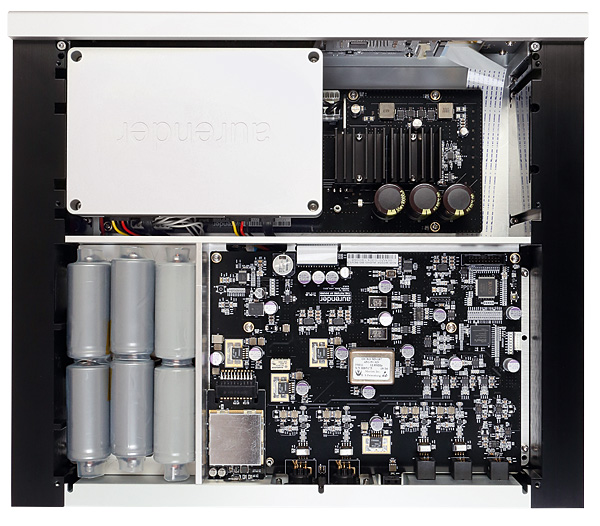
The promised support package is also excellent: hit a snag and you can alert the company's tech department from the unit itself or app, after which a 24-hour response is on the cards with an Aurender engineer 'dialing into' your server. As music-playing devices become ever more complex and reliant on software, other companies in this field would do well to pursue a similar 'it just works' proposition.
So, what's new in this current 'Special Edition' version of Aurender's W20, a machine launched nearly a decade ago? In practice the 'upgrades' are so comprehensive that the W20SE should be considered as a separate model. The power supply retains the battery isolation for the digital audio circuits, using two banks of Lithium-Iron Phosphate cells (one set in use while the other is recharging), but replaces the switchmode PSU for the CPU, storage, and non-audio sections of the unit with a linear supply. An additional bank of these LiFePO4 batteries acts as an uninterruptible power supply (UPS) to protect the system in case of sudden power outages, and allows the W20SE to shut down safely.
Thanks For The Memory
Aurender has also updated the server's internal drive structure. The original W20 used twin 3.5in 6TB hard drives, with a 240GB SSD to store the system data and cache music for playback, thus isolating the output from a direct connection with the storage drives. Fast forward to this SE version and the cache drive is a full 1TB SSD, handling data both from storage – internal and external – and streaming sources, while the main music storage is also on an SSD, of 4TB capacity. The W20SE can also play music from attached USB drives, or network storage.
The LAN port is double-isolated, again to exclude noise, while the 'audio' USB-A output, previously part of the main board, is now a plug-in module, also for better isolation. This now handles DSD to DSD512, whereas the original had no native DSD support via USB. PCM capability via USB has also been upgraded, from the 192kHz/24-bit of the original to 768kHz/32-bit here. On its AES digital outputs, the W20SE delivers up to 384kHz/24-bit PCM using dual-wire working, and allows PCM upscaling to this level, too, which wasn't available on the W20 model. Similarly, DSD output via S/PDIF using DoP is now to DSD128, up from the old model's DSD64, while files of up to DSD512 are able to be converted to 88.2kHz or 176.4kHz, using a single-wire AES output, or 352.8kHz using the dual-wire connection. DoP output via USB is now to DSD256, rather than DSD128, and there's also MQA Core decoding built-in, whereas it used to be an extra-cost option.
The internal clocking has also been upgraded, using Oven-Controlled Crystal Oscillator technology to keep the clock source at a constant temperature for accuracy. Nevertheless, the W20SE retains the ability to be referenced against external Word Clock or Master Clock inputs via rear-panel BNC connections.



